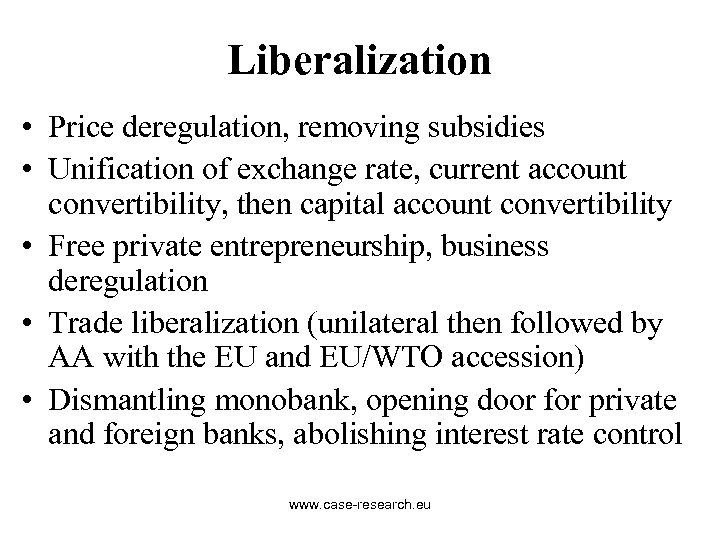- Ingeniería y Servicios Aluarte
- 938 384 2000
- contacto@aluarte.com.mx
total contribution margin is calculated by subtracting: Solved Which of the following statements is correct
Master AWS Cloud Practitioner Exam with Realistic Practice Tests CLF-C01 02 Prep
septiembre 3, 2021Qué ordenador comprar para programar
septiembre 7, 2021total contribution margin is calculated by subtracting: Solved Which of the following statements is correct
Содержание

The fixed costs are Rs. 1,00,000. The SG&A expenses are Rs 150 per unit while the manufacturing expenses are Rs. 250 per unit. This means the variable costs are Rs. 400 per unit. According to this information, we can compute the contribution margin as follows.
The first step in doing the calculation is to take a traditional income statement and recategorize all costs as fixed or variable. The contribution margin can help company management select from among several possible products that compete to use the same set of manufacturing resources. Say that a company has a pen-manufacturing machine that is capable of producing both ink pens and ball-point pens, and management must make a choice to produce only one of them. Fixed costs are often considered sunk coststhat once spent cannot be recovered.
What Is a Good Gross Margin?
It has sold 50,000 units of its products. The variable cost of each unit is $2 per unit. Find out the contribution, contribution margin per unit, and contribution ratio. For an example of contribution margin, take Company XYZ, which receives $10,000 in revenue for each widget it produces, while variable costs for the widget is $6,000.
Go a level deeper with us and investigate the potential impacts of climate change on investments like your retirement account. You work it out by dividing your contribution margin by the number of hours worked. The contribution margin from all 100 cupcakes is $65.

For instance, you can find the contribution margin ratio, a related value, by simply dividing the contribution margin by the price of the product. This represents the portion of each sale that makes up the contribution margin — in other words, the portion that’s used for fixed costs and profit. Use the contribution margin to pay fixed costs. If the rent at the factory is $1500 and there aren’t any other fixed costs, 1,500 baseballs need to be sold per month to recoup the fixed costs. After this point, each baseball sold produces $1.00 of profit.
Minimizes all three. The cost of holding inventory is known as a. Ordering cost. Setup cost. Stock-out cost.
Contribution Margin Formula Components
\nThe https://1investing.in/ income statement presents the same net income figure as a traditional income statement. Note that you can also find the contribution margin ratio for more than one product by dividing the total contribution margin for the products by the total price of the products. Net sales are basically total sales less any returns or allowances.

Inventory levels fluctuate. Sales mix remains constant. Which of the following budgets is the starting point in the budgeting process for manufacturers and merchandisers? The production/purchases budget. The operating expenses budget.
Contribution margin is used to determine the breakeven point, while gross margin is more likely to be used to set operating targets for divisions to achieve. Looking at contribution margin in a vacuum is only going to give you so much information. Our handy net debt calculator helps you determine the level of indebtedness of a company. Aside from the uses listed above, the contribution margin’s importance also lies in the fact that it is one of the building blocks of break-even analysis. With that all being said, it is quite obvious why it is worth learning the contribution margin formula.
A volume of 1,000 units. A point where profit is greater than zero. Add up the number of sales from all product lines. A high contribution ratio tells us that you’re earning enough to pay for all your expenses, with extra leftover for savings, investments, and other goals. A low ratio indicates that you may be spending more than you earn, leaving you with no money for savings. The economic order quantity is the order quantity that results in a.
Formula:
Be downward sloping. Be a stair-step pattern. Gross profit is the dollar difference between net revenue and cost of goods sold. Gross margin is the percent of each sale that is residual and left over after cost of goods sold is considered.

The contribution margin shows how much additional revenue is generated by making each additional unit product after the company has reached the breakeven point. In other words, it measures how much money each additional sale «contributes» to the company’s total profits. In the cost-volume-profit analysis, income taxes A. Are treated as a fixed cost. Increase the sales volume required to break even. Increase the sales volume required to earn a desired profit.
Contribution Margin
Some people assume variable costs are the same as COGS, but they’re not. (When you subtract COGS from revenue you get gross profit, which, of course, isn’t the same as contribution margin.) In fact, COGS includes both variable and fixed costs. Knight points to a client of his that manufactures automation equipment to make airbag machines. For this client, factory costs, utility costs, equipment in production, and labor are all included in COGS, and all are fixed costs, not variable.
Results in higher inventory levels but reduces ordering and setup costs. Results in lower inventory carrying costs. None ofthese. «Contribution Margin» can mean either contribution margin as discussed in this article or contribution margin ratio, depending on the source.
For this reason, contribution margin is simply not an external reporting requirement. Alternatively, contribution margin is often more accessible and useful on a per-unit or per-product basis. A company will be more interested in knowing how much profit for each unit can be used to cover fixed costs as this will directly impact what product lines are kept. When a company sells more units than the break-even point, A. It moves above the relevant range. Profits are positive.
- Be downward sloping.
- Yes, contribution margin will be equal to or higher than gross margin because gross margin includes fixed overhead costs.
- It also helps management understand which products and operations are profitable and which lines or departments need to be discontinued or closed.
One can classify it either as a total contribution margin is calculated by subtracting or fixed cost. Variable cost because it is directly related to the production, and fixed cost because it is a one-time investment. Lets’ understand the concept with the help of a formula. Suppose a machine sells for $1000, while its variable cost is $500.
Wholesalers. Manufacturers. All entities. Michael Logan is an experienced writer, producer, and editorial leader. As a journalist, he has extensively covered business and tech news in the U.S. and Asia.
How to Calculate Contribution Margin
Under either method, a company’s ultimate net income will be the same. Because gross margin encompasses all costs necessary to manufacture a good, some may argue it is a more transparent figure. On the other hand, a company may be able to shift costs from variable costs to fixed costs to «manipulate» or hide expenses easier. However, ink pen production will be impossible without the manufacturing machine which comes at a fixed cost of $10,000. This cost of the machine represents a fixed cost as its charges do not increase based on the units produced. Such fixed costs are not considered in the contribution margin calculations.
Suppressed basal melting in the eastern Thwaites Glacier … – Nature.com
Suppressed basal melting in the eastern Thwaites Glacier ….
Posted: Wed, 15 Feb 2023 08:00:00 GMT [source]
It means there’s more money for covering fixed costs and contributing to profit. When the company’s contribution margin is divided by net sales a percentage is generated. This percentage is the contribution margin ratio. This ratio is of vital importance because it can give management an indication of when production becomes less profitable, or when production pushes profit to the breakeven point.
The contribution margin tells us whether the unit, product line, department, or company is contributing to covering fixed costs. Finally, subtract the variable costs from the sales revenue. Now, add up all the variable costs directly involved in producing the cupcakes . Leave out the fixed costs .
Contribution margin ratio does not feature in a company’s financial statements. Contribution margin can be stated as either a gross or per-unit amount and it’s used to measure how much a specific product contributes to the overall profit of the company. Which ofthe following statements is FALSE? The markup is a percentage applied to base cost.

